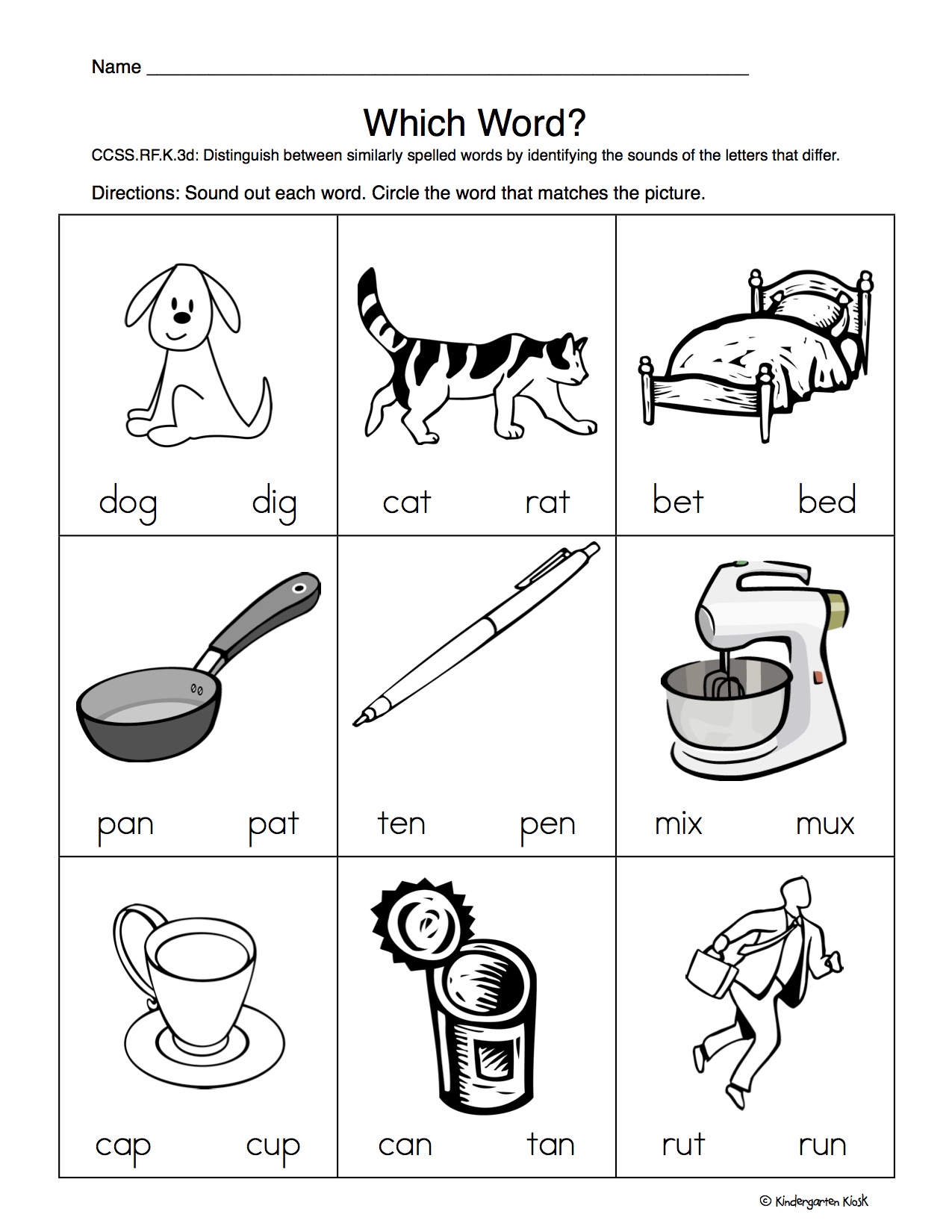Decoding and The Power of Nonsense Words
Enhancing Phonics Proficiency Through Meaningless Word Practice
Nonsense words, often referred to as alien words, are an essential component of effective phonics instruction. They compel students to focus on individual phonetic sounds, an exercise that enhances their reading skills. While these words may be fake, they frequently appear within larger, real words, making their practice an invaluable tool in a child's reading development.
Enhancing Phonemic Awareness
Nonsense words support phonemic awareness, which is the understanding of sounds in language. This practice builds confidence in students as they learn to recognize and read words. By identifying a word as "fake," students relieve the pressure of needing to get it "right" since the word does not exist in reality.
Promoting Phonics Over Memorization
Practicing nonsense words encourages students to rely on their understanding of phonics rather than memorization. This method ensures that they focus on the phonetic sounds that letters make, rather than recognizing words from memory or using context or pictures to guess the words.
Nonsense Word Activities
Small Group Instruction
Using small groups is an effective way to teach phonetic skills. In these settings, nonsense words can be used as exit tickets or warm-up activities. Activities like sorting words into "real" or "fake" categories help students transition to new tasks and reinforce their phonetic skills.
Nonsense Word Tests
Nonsense word fluency (NWF) tests (check out ESGI) are a staple in phonics assessments. These evaluations measure how quickly a reader can read a list of made-up words that follow predictable phonetic patterns. Such tests provide teachers with insights into students' phonetic knowledge, including:
Letter sound knowledge
Blending sounds
Understanding digraphs
Recognizing consonant blends
These assessments are crucial for tailoring future instruction to address individual learning needs.
Classroom Integration of Nonsense Words
Easy Practice and Classroom Management
Nonsense words can seamlessly integrate into classroom activities. They serve as excellent time-fillers and can be incorporated into games like "Real or Fake," where students identify whether a word is real or nonsense.
Creative Activities
Another engaging activity involves students erasing fake words from a mixed list on the board until only real words remain, which can then be used to form sentences. Such activities enhance engagement and reinforce phonetic skills.
Utilizing Worksheets and Generators
While worksheets are not the primary tool for every situation, they can be useful for formative assessments and documenting student progress. Additionally, nonsense word generators can help create new words that follow phonetic patterns, challenging both teachers and students to think creatively.
Fun with Rhyming Words
A popular game in many classrooms involves creating nonsense words through rhyming exercises. For instance, starting with a word like "cat," students can generate rhyming nonsense words like "bat," "lat," "dat," and so on. These words can then be used in small group instruction to further phonics practice.
Incorporating nonsense words into phonics instruction is not only beneficial for developing reading skills but also adds an element of fun and creativity to the learning process. By using a variety of strategies and activities, teachers can effectively support their students' phonetic development.



